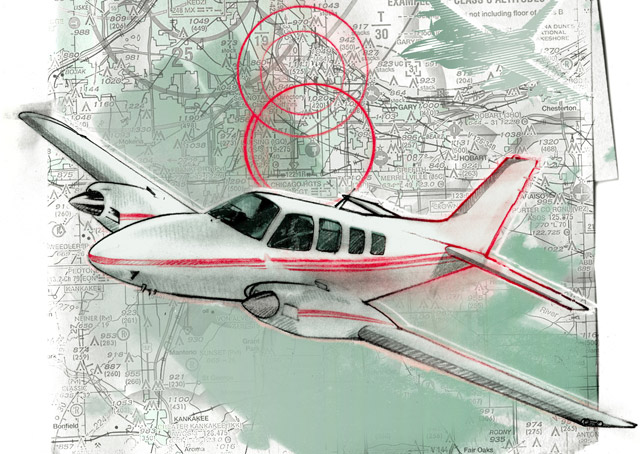
How many interceptions were there during Super Bowl 50 on Feb. 7?
The answer is at least four—but they had nothing to do with football. That’s the number officials gave out to news organizations as to how many times military fighters headed off aircraft that strayed into the temporary flight restriction area that was in effect for the big game, then diverted them safely away to a landing and some very tough questioning about their flight planning, navigating, and intentions.
You have learned about TFRs during your study of airspace, and you probably understand that TFRs can be activated for a variety of reasons, from VIP travel and national security to keeping airspace clear for firefighting operations.
Another key characteristic of TFRs is that they can pop up and become active on very short notice in unexpected places, making it a bad idea to launch on a flight without checking for any TFR activity first.
If that seems like an obvious tip, good for you for thinking so! Law enforcement representatives who discussed the Super Bowl TFR incursions with news organizations said agents who interviewed the offending pilots—to find out “who they are and what they were thinking”—learned that the pilots had failed to make themselves aware of the latest notams.
“Temporary flight restrictions (TFRs) have become more common in the post-9/11 heightened security environment, and often pop up on very short notice. Pilots should check notams before each flight by contacting flight service” or using DUATS through CSC or Lockheed Martin, advises AOPA’s online resource page on TFRs. The FAA offers this online list of TFRs; it flags newly issued restrictions and provides links to the text and graphics for each individual TFR.
Remember, it doesn’t take a major event like a championship pro sports event, a scheduled occasion such as the annual State of the Union Address, or a wildfire burning hundreds of acres in the backcountry to generate a TFR. And in 2016, the ongoing federal election campaigns will likely provide numerous opportunities for VIP TFRs to bloom all across the country with little advance warning.
If you find yourself being intercepted—usually the intercepting aircraft will appear from behind—it is imperative to know how to communicate (try 121.5 MHz immediately) and comply with instructions that you can review in the Aeronautical Information Manual paragraph 5-6-2.



